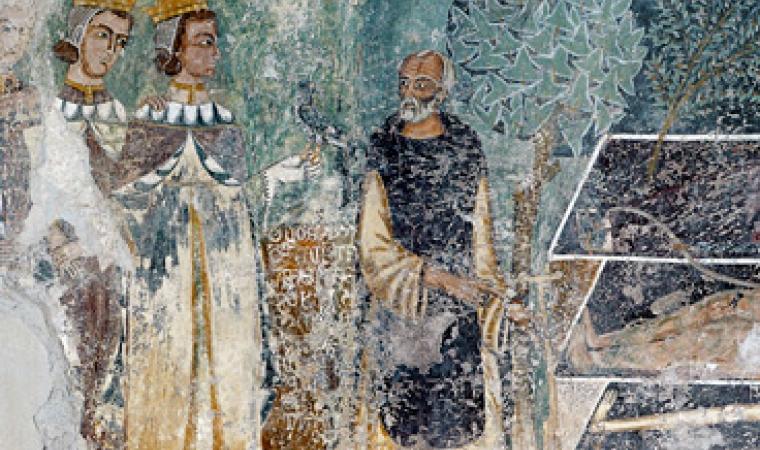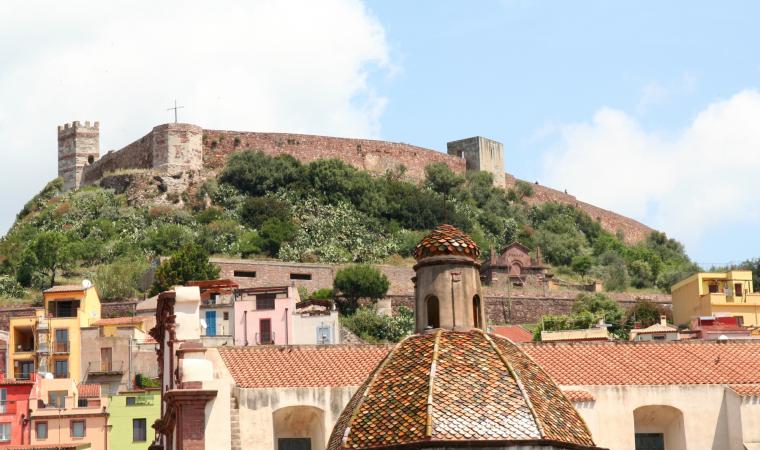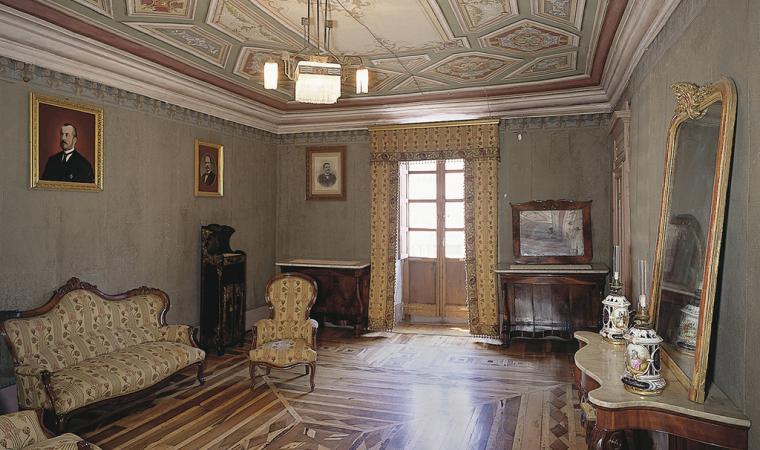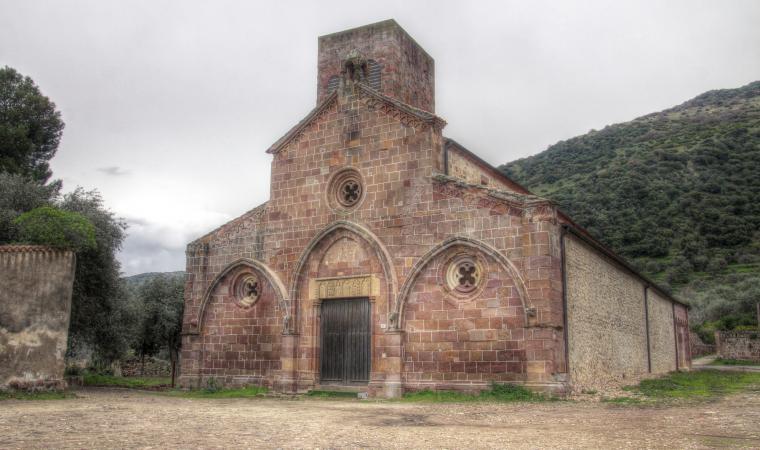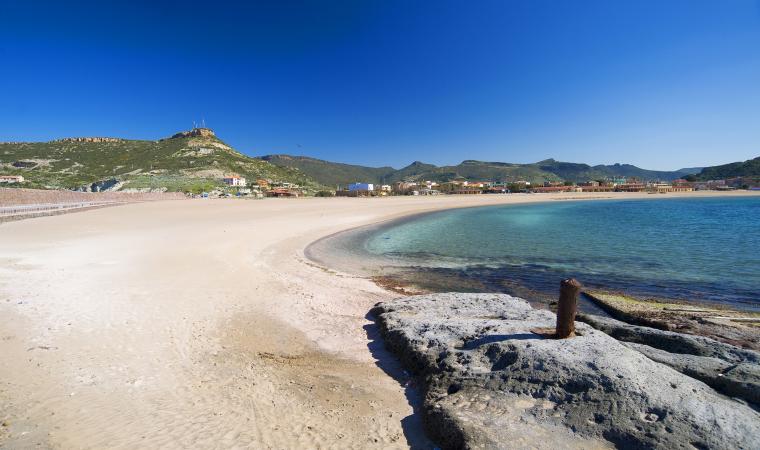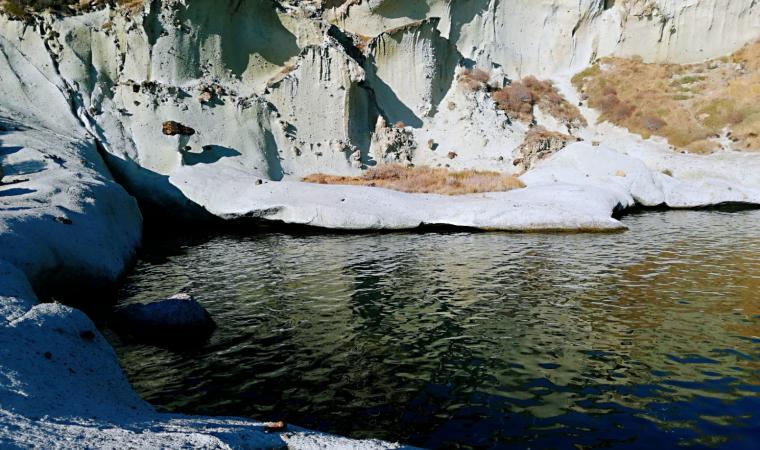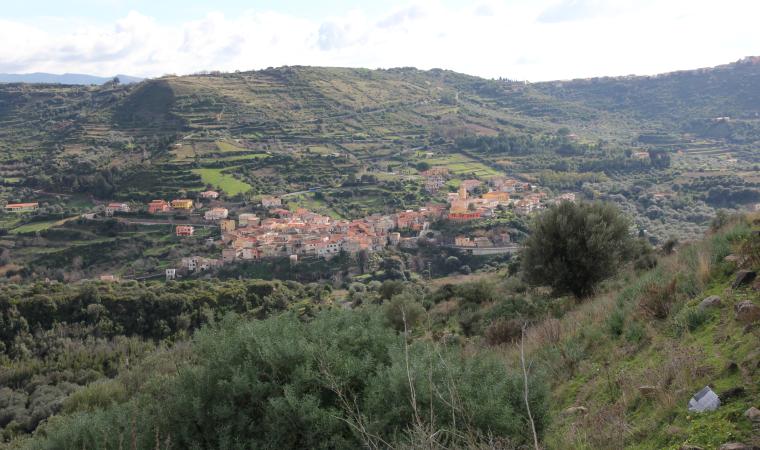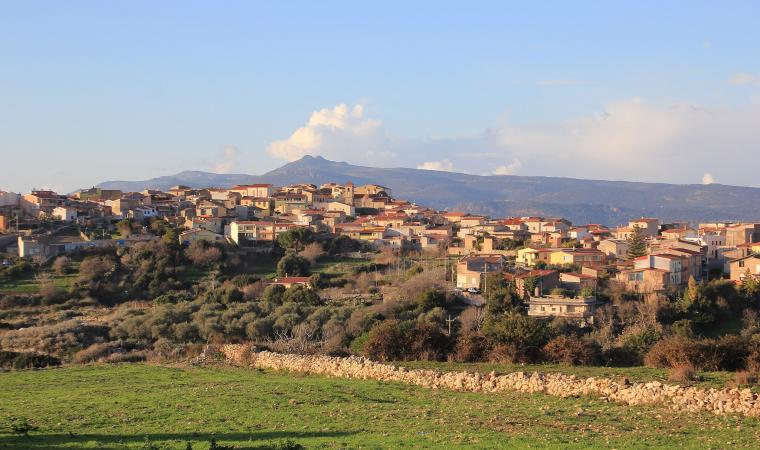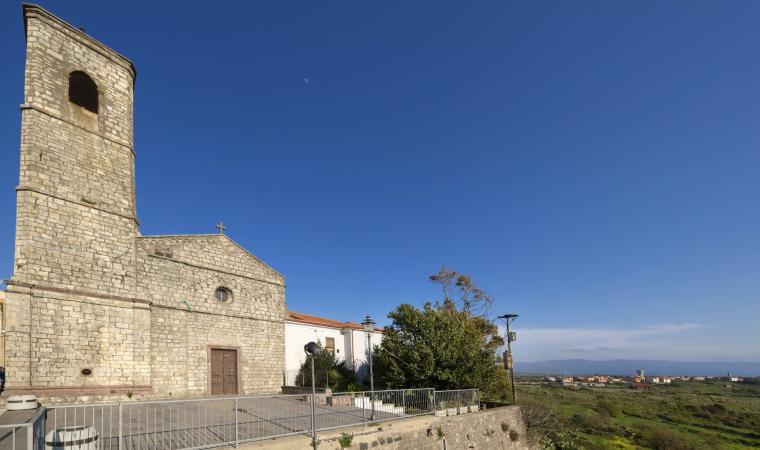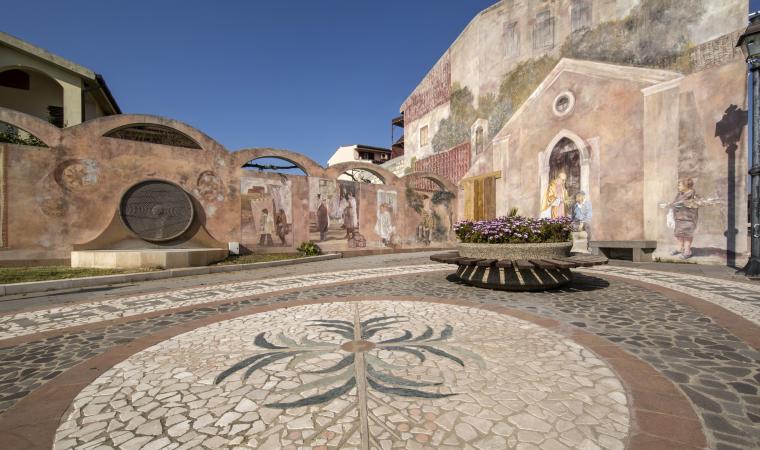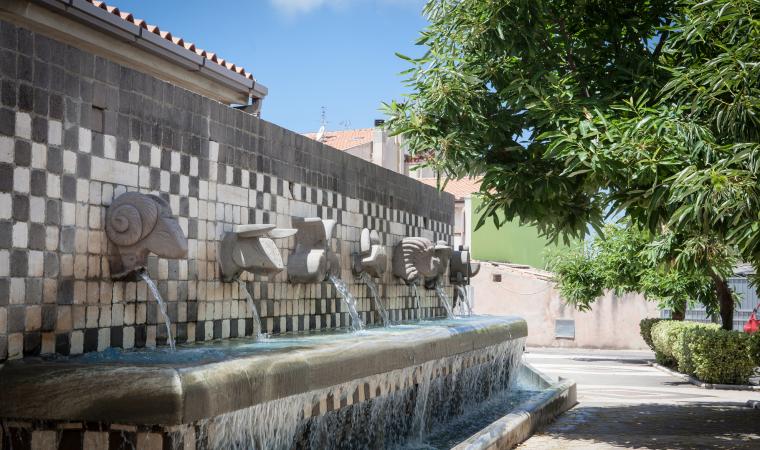It is of medieval origin, perhaps dating back to the 12th century, but it now has a 19th-century appearance and its charm is linked to the original interweaving of different styles. Bosa Cathedral is dedicated to the Immaculate Conception and is the co-cathedral of the Diocese of Alghero-Bosa, standing almost adjacent to the right bank of the Temo river, with the medieval district of sa Costa extending alongside it. Walking through the narrow streets of the village with its colourful houses, you will suddenly see the majestic outline of the cathedral and the late Baroque and Neoclassical-style façade, which is divided into two orders separated by a protruding cornice, with pilasters and pilaster strips made of red trachyte.
Once through the entrance, you will see a single-nave layout with a barrel-vaulted ceiling, divided into bays and with four adjoining chapels on each side.



























